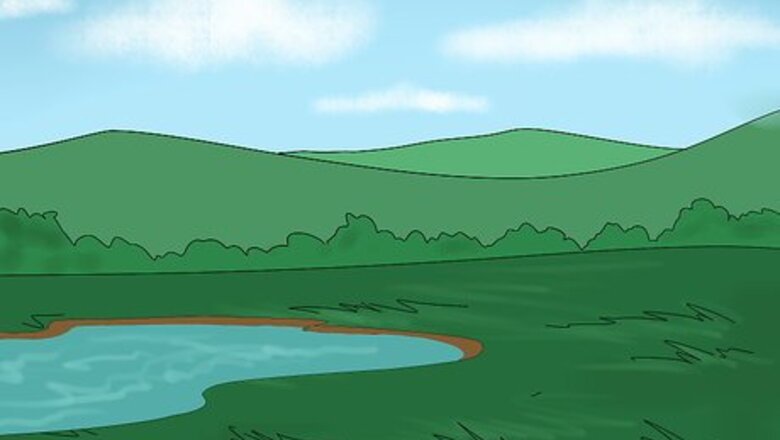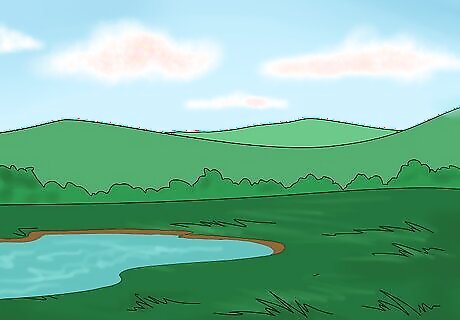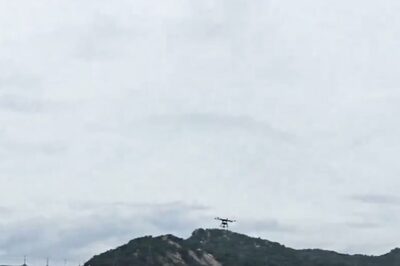
views

Research local campgrounds and find one that suits your needs best. National parks are a great location for your trip, as rangers can lead tours with your class and host educational activities. If there isn't a national park within a few hours' drive of your school, look for a local campground with recreational facilities and one or more group campsites. You can even consider camping out on school grounds. While it may detract from the wildlife experience, it's convenient and beats not going at all. When combined with a clear educational experience, another option is to camp as a group in a local park if granted permission by the local parks department. Just be sure to emphasize rules for low impact and low maintenance camping if exercising this option.

Get supplies organized and make a date. While students can bring personal supplies (sleeping bags, toiletries, etc.) you'll need to provide essentials like tents, lanterns, First Aid kits, food of course, and the like. Make sure to arrange van or bus transportation to the campsite well in advance. Once you've figured a date, send home a note detailing the trip and permission forms. Ask parents to help contribute to the cost of the trip. If their son or daughter is attending, consider requesting for a donation to the cost of supplies. Allow students to bring their own tents (if applicable) to save school finances.

Finalize plans if a majority of the class is interested in going, and begin preparing for the camping trip. Begin a nature unit in class and teach about the various wildlife species students may encounter while camping. If you're visiting a national park, have students research information about it and combine it into a project. Give students a brief lesson on how to pitch a tent before the day of the camping trip. Make sure students are comfortable knowing with whom they will be sharing a tent if applicable.

Leave early on the day of the trip to allow extra travel time. Make sure all students and supplies are accounted for. If necessary, save space on the bus by taking along one van or small truck specifically for luggage and supplies. Additionally, check the weather before you go. Helpful websites like Weather.com offer 7-day forecasts to prepare you for anything from rain to wildfire threats.

Take attendance. Once you arrive at the campsite, set up camp before embarking on any activities. Take attendance, count supplies, and involve students in pitching the tents. Make sure lanterns have enough battery power to last and that all food supplies are safely stored or refrigerated. Once camp is set up, go over basic camping rules and make sure that everyone understands. This should include, but need not be limited to the following: How and when food will be served. How to access drinking water. How and where to dispose of trash and recyclables. All food, garbage, bottles, and cans should be placed in appropriate receptacles and carried out if necessary. Location of restroom facilities and how to access them safely. Ideally, facilities should be kept as clean as possible and available for other campers when necessary. Discretion when peeing in the woods (if applicable for boys). How to give or ask for assistance. Boundaries of the campsite, etc.

Enjoy your trip! Explore the woods, have a scavenger hunt, go searching for wildlife, build a campfire, roast marshmallows, go boating (if possible), have a picnic, etc.




















Comments
0 comment